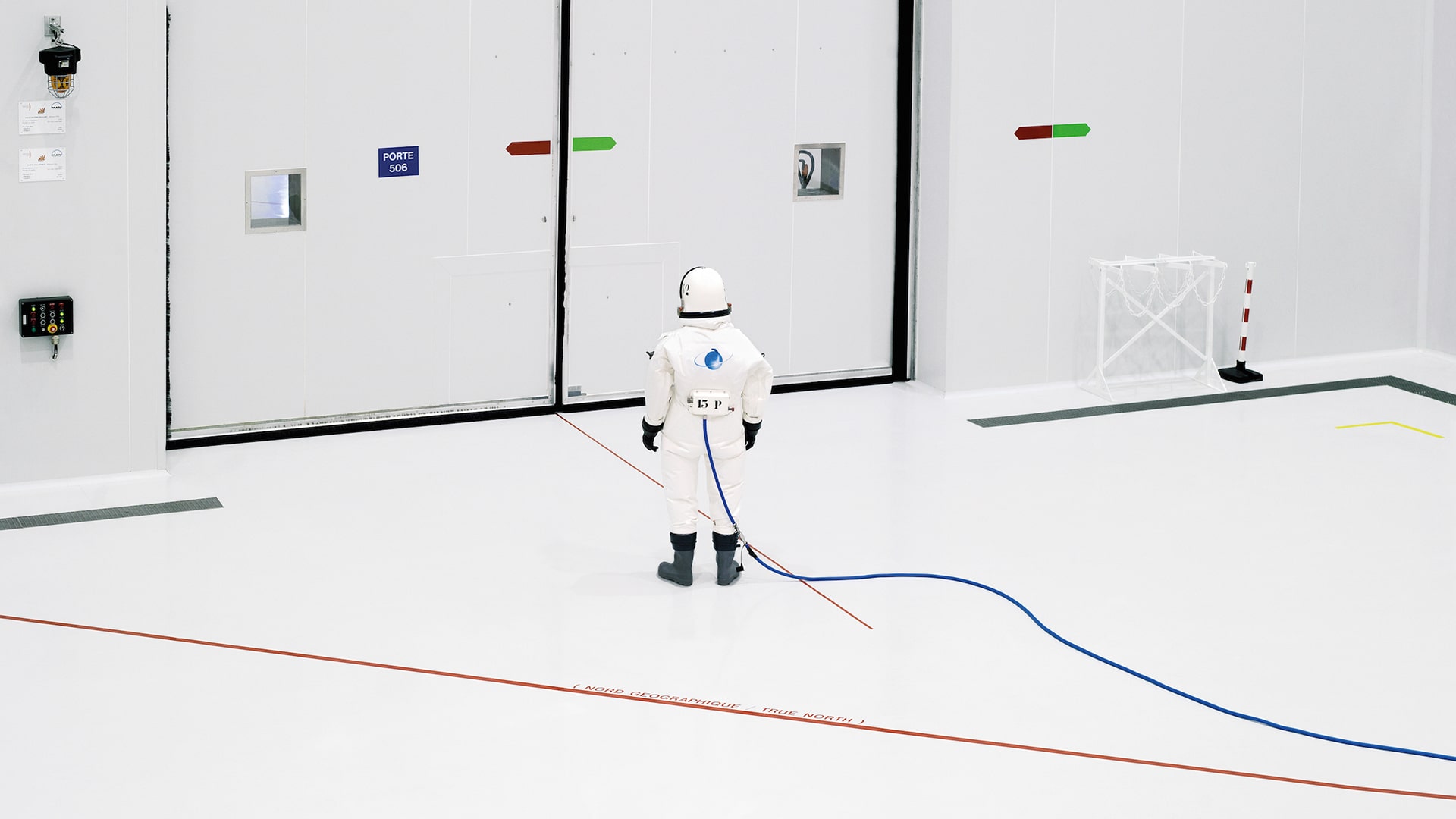
“Civilization – What An Era!” The title itself reflects the ambitious nature of this exhibition, which showcases some 220 prints by 120 photographers from nearly 30 countries, spread out over a 1,000m2 space at the Museum of European and Mediterranean Civilizations (MUCEM) in Marseille. A sort of contemporary counterpart to the mythical exhibition “The Family of Man” conceived in 1955 by Edward Steichen – then curator of the photography department of the Museum of Modern Art in New York – “it focuses on what is shared,” explain Holly Roussell and William Alexander Ewing, the two curators. It is therefore about values that are common to all of us, regardless of where we’re from or where we live. As such, the main aspects of human life are represented in the exhibit: family, home, work, leisure, transport, production, consumption, systems of social control, monetary exchanges, etc.
Much like its prestigious predecessor, “Civilization – What an era!” aims to paint a portrait of its time via photographs, but the comparison stops there, because in nearly 70 years, the world and photography have changed quite a bit. The black and white humanist point of view of The Family of Man is replaced by contemporary perspectives done mainly in color. The theme is organized into eight parts, each offering an interpretation of the world as it was before the pandemic: “Hive,” “Alone together,” “Flow,” “Persuasion,” “Control,” “Rupture,” “Escape,” and “After.” In this Internet and social media era, where billions of images circulate daily, these brief headings come across as hashtags.

“These themes present the powerful ideas that we identified while looking over the various projects; they define our contemporary planetary civilization and also function as directional signs that guide the exhibition guests through their visit,” explain the two curators. As for the images, they offer a panorama of photographic expression from the past twenty years. While imagination and fiction do have their place in the exhibition, documentary works dominate, because the idea is to show and bear witness while inviting the viewer to reflect.
Several curatorial choices stand out. From a formal point of view, the large, even very large formats, dominate the space, with smaller works grouped into sets here and there. To wit: Pieter Hugo’s portrait series “There’s a Place in Hell For Me and My Friends” (2011–2012), “Ceramic Cats (eBay)” (2015) by Penelope Umbrico, and even the terrifying and very seductive anti-personnel mines (2004) by Raphaël Dallaporta.

Another dominating trend: the recurrence, throughout the exhibit, of aerial or high angle shots, a way for the two curators to assert their desire to take a step back to better understand and embrace the world, sometimes focusing on graphic beauty – “Airports” (2016) by Jeffrey Milstein -, sometimes on the abstraction of patterns, as in “Almost Nature” (2012) by Gerco de Ruijter, a series picturing cultivated fields. The work of Canadian photographer Edward Burtynsky, who was one of the first to use aerial photography to demonstrate the impact of human activity on the environment, is also part of the show.
At human height, the effect is no less spectacular: with Brodbeck & de Barbuat, for example, who photographed the Koumba tunnel boring machine used on the construction of the Grand Paris Express in such a way that it looks like a sprawling monster. Another artist commissioned by the MUCEM for this exhibition, Yohanne Lamoulère, for her part, was interested in the data center set up in the port area of Marseille. Her image is ironically titled The Kiss. A little further, we are struck by two sets of photos by Michael Wolf scattered around the exhibition: whether it’s “Architecture of Density #91” (2006) or “Tokyo Compression” (2010), which shows the faces of Tokyo commuters smashed up against the fogged up windows of the crowded subway in the Japanese capital, the German photographer who died in 2019 points to the consequences of overpopulation.


Still lifes are not as present in the exhibition. Those of Robert Zhao Renhui don’t go unnoticed, for they send shivers down one’s spine. They show things such as a square apple or fish with artificial colors. Fiction? No, because the accompanying description explains that these monstrous creatures are the product of an industrial process, therefore conceived and created by man. While Robert Zhao Renhui relies on a “clinical” presentation, i.e. with no superfluous lighting effect, Xing Danwen, on the other hand, with his disCONNEXION, A14 (2002-2003), opted for a mess of intertwined cables to evoke the hold of technologies on our lives.


And the individual in all of this? Very few works feature any faces. Consciously or not, the two curators favored a vision of man through the masses, as in this image of Mark Power, taken in 2005, on the day of Pope John Paul II’s funeral. The crowd, which we only see at second glance, is literally crushed by a wall of loudspeakers used to broadcast the ceremony. Further on in the exhibit, the artificial paradises of Ramos Massimo Vitali’s swimming pools and Reiner Riedler’s series “Fake Holidays” (2005) do not provide any comfort, on the contrary. But there is a little glimmer of hope: the exhibition ends with a view of the Guyanese Space Center by Vincent Fournier. The promise of a better future elsewhere?
By Sophie Bernard
Sophie Bernard is a journalist specializing in photography, a contributor to La Gazette de Drouot and Le Quotidien de l’Art, a curator and a teacher at EFET in Paris.
“Civilization – Quelle époque!” [Civilization: What An Era!], through June 28, 2021, MUCEM, Marseille. More information here.
Exhibition catalogue edited by William A. Ewing and Holly Roussell, 352 pages, 29.5 x 24.5 cm, softcover, plus 350 illustrations, Thames & Hudson. Available here.




